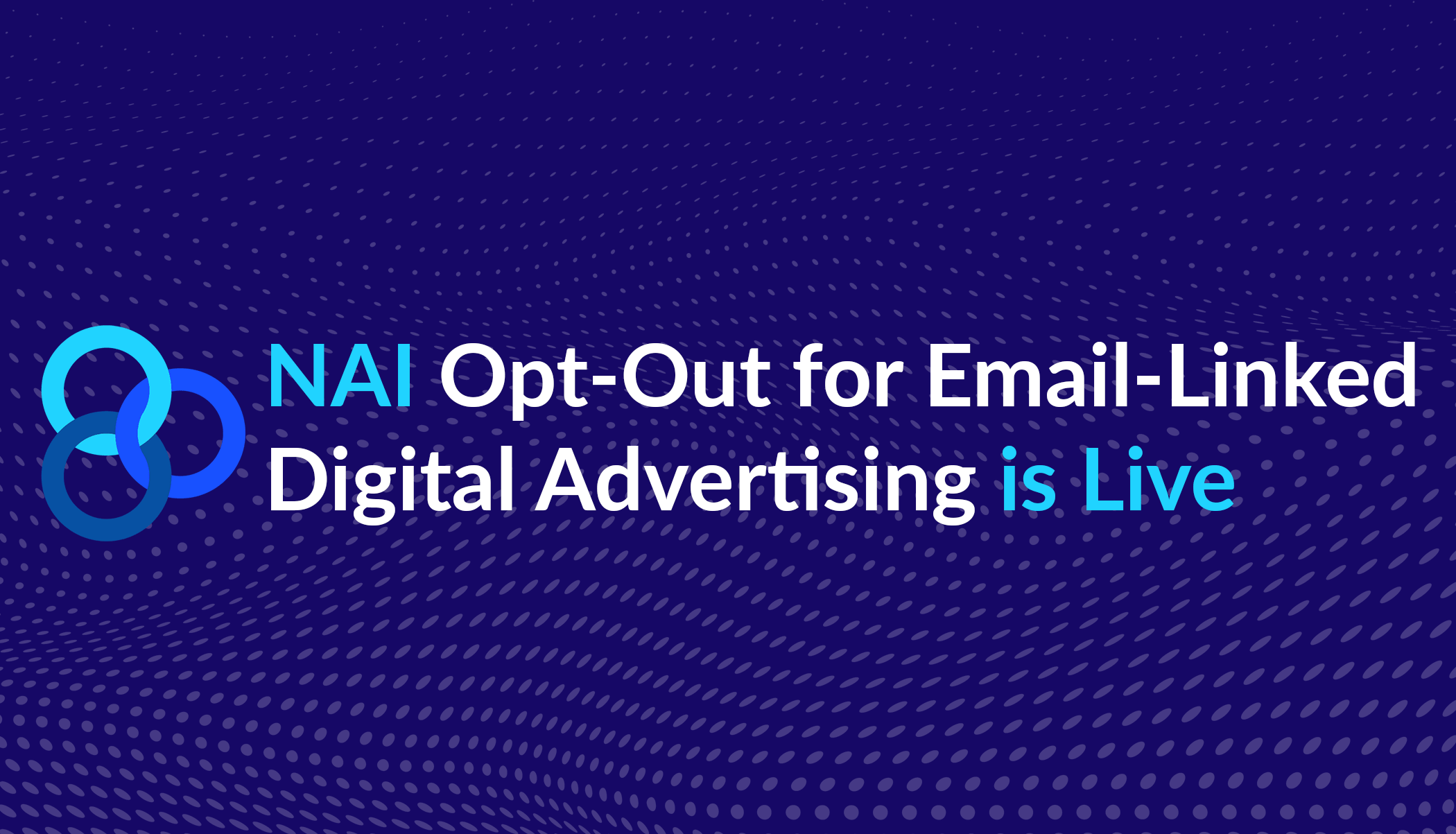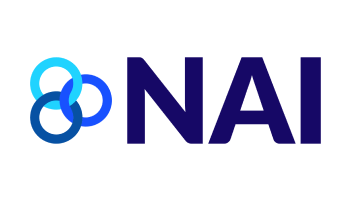NAI 2014 Annual Compliance Report Released Today
NAI Annual Compliance Report Highlights Members’ Strong Commitment to Responsible Data Collection, Use and Consumer Privacy
WASHINGTON, DC – March 30, 2015 – The Network Advertising Initiative (NAI), the leading non-profit self-regulatory association comprised exclusively of third-party digital advertising companies and dedicated to responsible data collection and its use, today released its 2014 Annual Compliance Report, a review of members’ adherence to the NAI Code of Conduct. The report, based on findings from the NAI staff’s comprehensive monitoring processes during the 2014 compliance period, shows that NAI members – 96 third-party digital advertising companies — met their obligations under the provisions of the Code and demonstrated their commitment to consumer privacy and industry best practices.
“At NAI, we know that self-regulation only works if the standards are backed by robust enforcement,” said Noga Rosenthal, NAI General Counsel and Vice President of Compliancy and Policy. “Our compliance staff worked with members to ensure that they complied with the Code, and the 2014 Compliance Report shows that member companies continue to take their obligations under the Code seriously.”
NAI’s compliance monitoring in 2014 required member companies to adhere to the NAI Code, which, imposed notice, choice, transparency, use limitations, data security, access, and accountability requirements with respect to Interest-Based Advertising (IBA) activities. The Code, updated in 2013, applies Fair Information Practice Principles (FIPPs) to IBA and Ad Delivery and Reporting (ADR) activities of member companies in the United States.
NAI’s compliance staff includes professionals with diverse backgrounds, ranging from law to computer science. The compliance process begins before a company can join NAI. NAI staff conducts a thorough review of every applicant before any company can claim NAI membership. The staff conducts annual reviews of each member, examining thousands of pages of privacy policies, internal policies, website content, and other documents. NAI has also developed unique technical monitoring tools. For example, NAI’s “Opt-Out Scanner” monitors members’ opt-out mechanisms and constantly gathers data on their functionality and reliability. In 2014, NAI began using a “Privacy Disclosures Scanner” that alerts NAI staff to changes to members’ privacy policies so that they can review for any inadvertent deletion of notice requirements under the Code.
“NAI’s compliance monitoring processes allow us to identify potential Code violations and quickly address them before they affect a large number of consumers,” said Rosenthal. “We found that some member companies had minor Code violations such as broken opt out links in their privacy policies or elsewhere on their sites. None of the issues discovered in the 2014 compliance period were deemed to constitute material non-compliance with the Code because the underlying issues were resolved quickly, were found to be unintentional, and affected a limited number of consumers.”
“NAI retains the option to sanction members if Code violations are found to be material; however, we have found that maintaining dialogue and communication with member companies on an ongoing basis helps resolve issues quickly to the benefit of the consumer and increases the overall health of the ecosystem, continued Rosenthal.
“Through publication of this report, consumers, regulators and others can see for themselves how the NAI compliance program and self-regulatory process works,” said Doug Miller, Global Privacy Leader, AOL Inc., and Chairman of the NAI Board of Directors. “The report also illustrates how this process shapes the evolution of the NAI’s policies and procedures, including goals for further improving its compliance program in 2015.”
The NAI leverages the findings of the Annual Compliance Report to further strengthen its self-regulatory program. In 2015, the NAI will work to finalize guidance for member use of non-cookie technologies, such as statistical identifiers, for IBA. NAI is assessing these new technologies as they become part of NAI members’ IBA practices, with the goal of implementing policy that is consistent with NAI’s history of effective self-regulation. NAI staff will also help prepare member companies to comply with the Mobile Application Code, which is currently scheduled to go into effect later this year.
“I congratulate the NAI staff for this comprehensive report,” said NAI’s new President and CEO Leigh Freund. “NAI is a model for effective self-regulation because our standards are measurable, disciplined, rigorous, and backed by a serious commitment to enforcement and accountability. As a result, the NAI self-regulatory program fosters innovation and encourages creative problem-solving. I look forward to working with NAI members to ensure that NAI’s self-regulatory program remains strong.”








